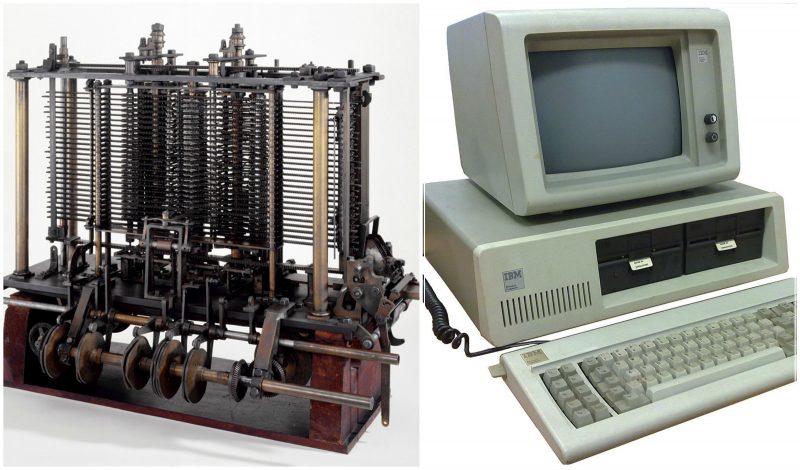What is one thing that people tend to take for granted in today’s day and age? The computer. It seems every job requires one and almost every household has one or more computers. We do everything on them.
However, does anyone know the name of the first-ever computer? Or when it was made? The name of the computer is the Kenbak-1 Digital Computer. It is considered the world’s first commercially-available personal computer, and it will be for sale so that some lucky private individual can own it.
In 1971, John Blankenbaker had introduced the first computer to several different technology companies for $750. Although that seems like a lot for the time, just think of how much a computer costs today. Blankenbaker had hoped to sell the computer, the Datapoint 2200, to schools in order to introduce them to the new computer programming.
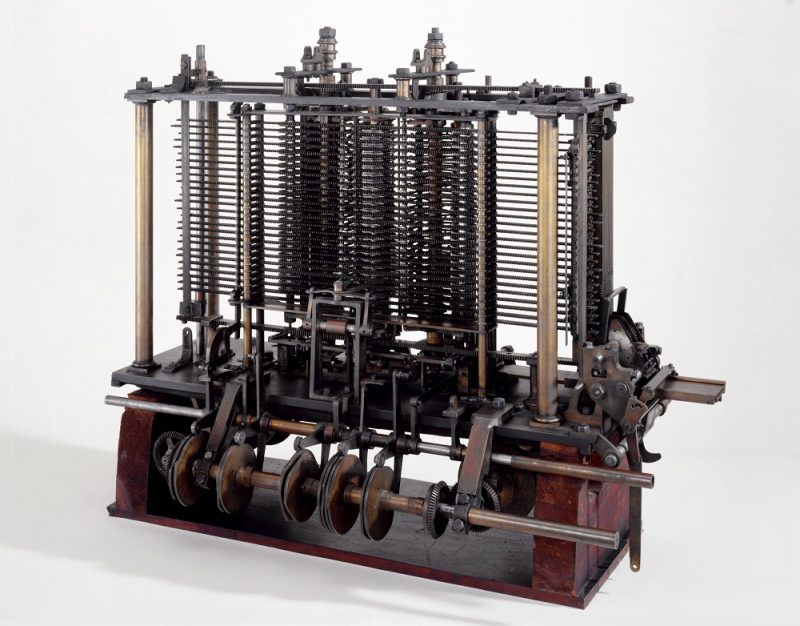
This first computer did not have a microprocessor and only contained 256 bytes of RAM. People these days would consider that a travesty. No more than 50 computers were made, and only a few have shown up on auction sites. One of these computers has just recently sold for about $31,000.

Here is a brief timeline of the first computers up until 1977:
1801:
The first computer-type machine was actually a loom that used punched wooden cards to automatically weave fabric designs. The early computer systems used a similar design of punched cards. This one was designed in France by Joseph Marie Jacquard.
1822:
Charles Babbage, an English mathematician, built a calculating machine that was run by steam and was able to compute tables of numbers. Though funded by the English government, it was a failure.
1890:
Again, this computer was designed by Herman Hollerith to use a punch card system. He was able to build it in just three years and saved the government nearly five million dollars. His company would later be called IBM.
1936:
Alan Turing made this machine which would be called the Turing machine. The computer we know today was shaped by this machine.
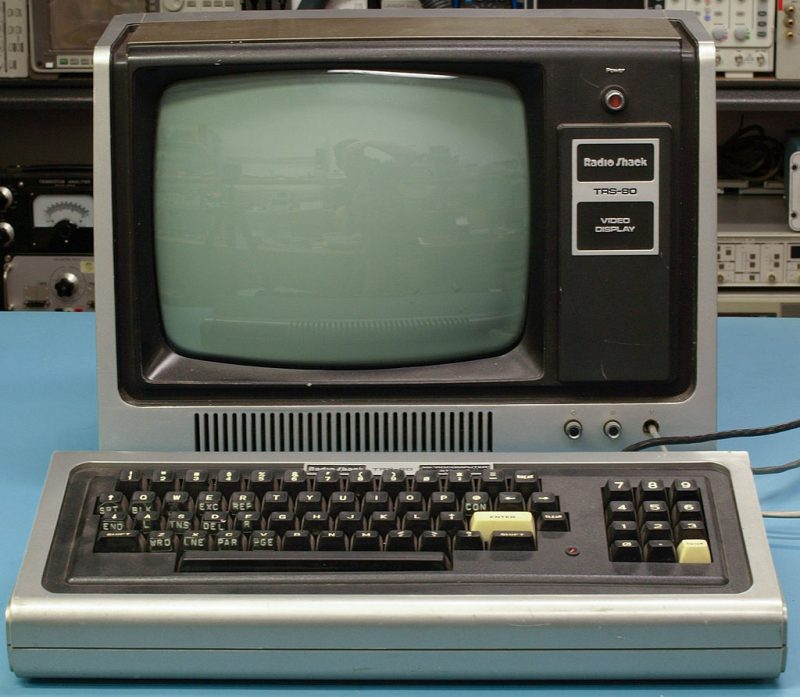
1937:
A professor of physics and mathematics at Iowa State University, J.V. Atanasoff, attempted to build the first computer without any gears, cams, belts, or shafts.
1941:
Atanasoff again, along with a graduate student known as Clifford Berry, had designed a computer that could solve 29 equations at once. This was the first time a computer could store information in its main memory.
1943-1944:
Two professors at the University of Pennsylvania, John Mauchly and J. Presper Eckert, had built the Electronic Numerical Integrator and Calculator. It is the grandfather of the digital computer, filled a 20-foot by 40-foot room, and had about 18,000 vacuum tubes.
1946:
Mauchly and Presper left the university to receive funding from the Census Bureau to build the UNIVAC, which was the first commercial computer for business and government applications.
1947:
The transistor was built by William Shockley, John Bardeen, and Walter Brattain of Bell Laboratories. They had discovered how to construct an electric switch made of solid materials, which resulted in no need for the troublesome vacuum tubes.
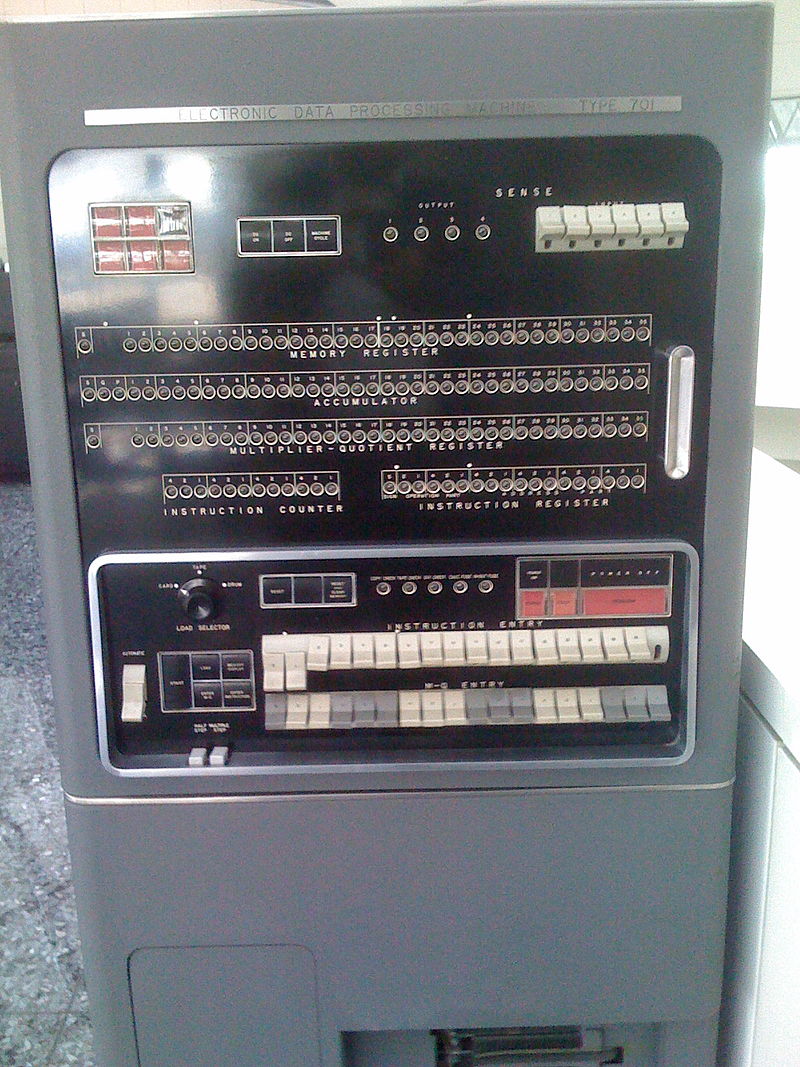
1953:
Grace Hopper developed the first computer language, known as COBOL. Thomas Johnson Watson Jr. had conceived the IBM 701 EDPM to help the United Nations keep tabs on Korea during the war.
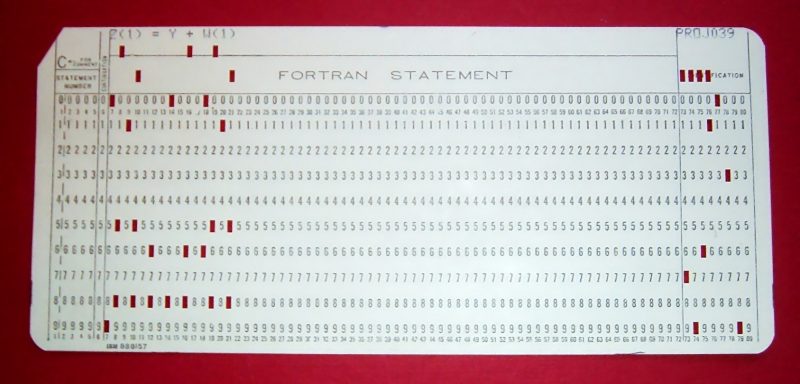
1954:
The FORTRAN programming language was born.
1958:
Jack Kilby and Robert Noyce created the integrated circuit, which is also known as the computer chip.
1964:
Douglas Engelbart showed a prototype of the modern computer. It was complete with a mouse and graphical user interface. It marked the evolution of the computer for scientists and mathematicians.
1969:
A group of developers who worked at Bell Labs produced UNIX, which is an operating system that addressed the compatibility issues. It is written in the C programming language and it was portable across other platforms, which caused it to become the operating system of choice for many large companies.
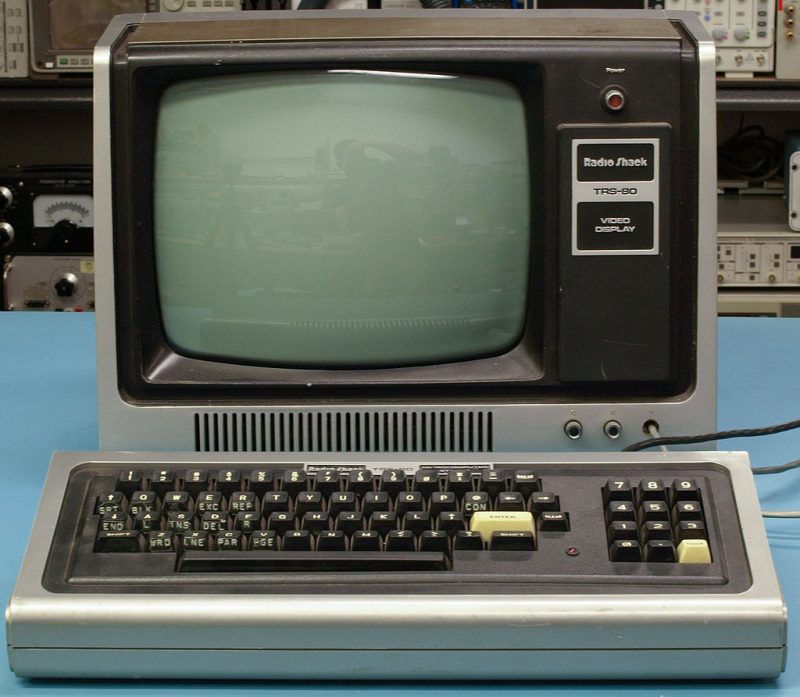
1970:
This was when a new form of Intel was used called the Intel 1103. It was the first Dynamic Access Memory chip.
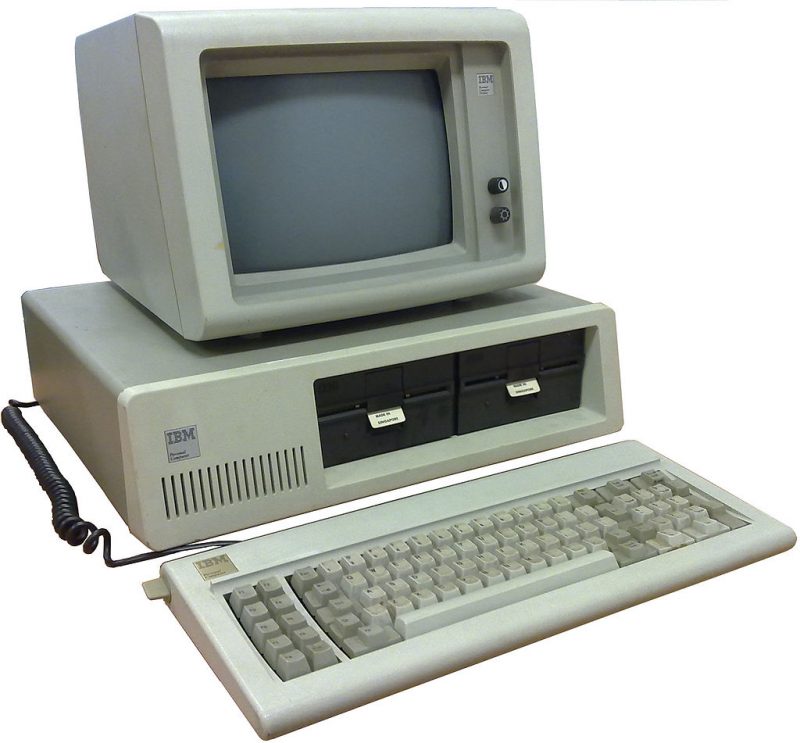
1971:
Alan Shugart and his team created the floppy disk, which allowed information to be shared among computers.
1973:
Robert Metcalfe was a member of Xerox; he developed the Ethernet in order to connect multiple computers and hardware.
1974-1977:
This was when people could actually buy a personal computer such as Scelbi & Mark-8 Altair, IBM 5100, and RadioShack’s TRS-80.
